Wheat flour is the cornerstone of human nutrition and a vital global commodity. From the bread on our tables to the pasta, noodles, cakes, and pastries that fill our plates, wheat flour touches every aspect of daily life. As populations grow and urban diets shift toward processed and packaged foods, the demand for wheat flour continues to rise. But among all the wheat-growing nations, one critical question arises:
Which country is the largest wheat flour producer in the world?
The answer is: China.
Though several countries dominate wheat production globally—including India, Russia, and the United States—China holds the top position in terms of wheat flour production, thanks to its vast population, advanced processing capabilities, and integrated agri-food supply chains. This article explores the dynamics of wheat flour production worldwide, highlighting why China leads the field, and how other countries contribute to global flour supply and consumption.
Wheat Flour: A Global Dietary Staple
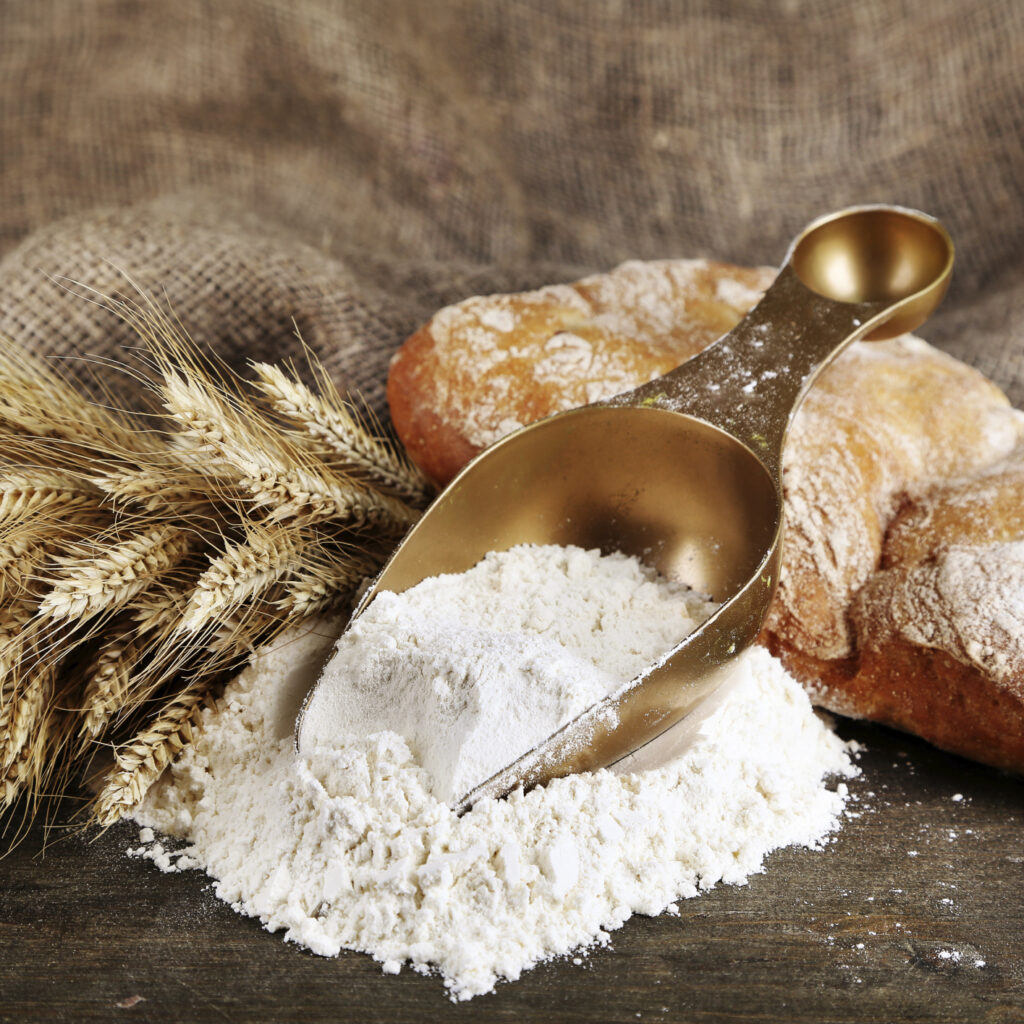
Wheat flour is derived from grinding wheat kernels and is used in a vast range of products such as:
- Bread
- Pasta and noodles
- Flatbreads like tortillas and rotis
- Cakes, biscuits, and pastries
- Breakfast cereals
- Industrial food ingredients
There are several types of flour:
- All-purpose flour
- Whole wheat flour
- Refined white flour
- Semolina
- Self-rising flour
- Bread flour
With the shift toward convenience foods and urban eating habits, the demand for wheat flour is surging, especially in emerging economies.
Global Wheat and Flour Market Overview
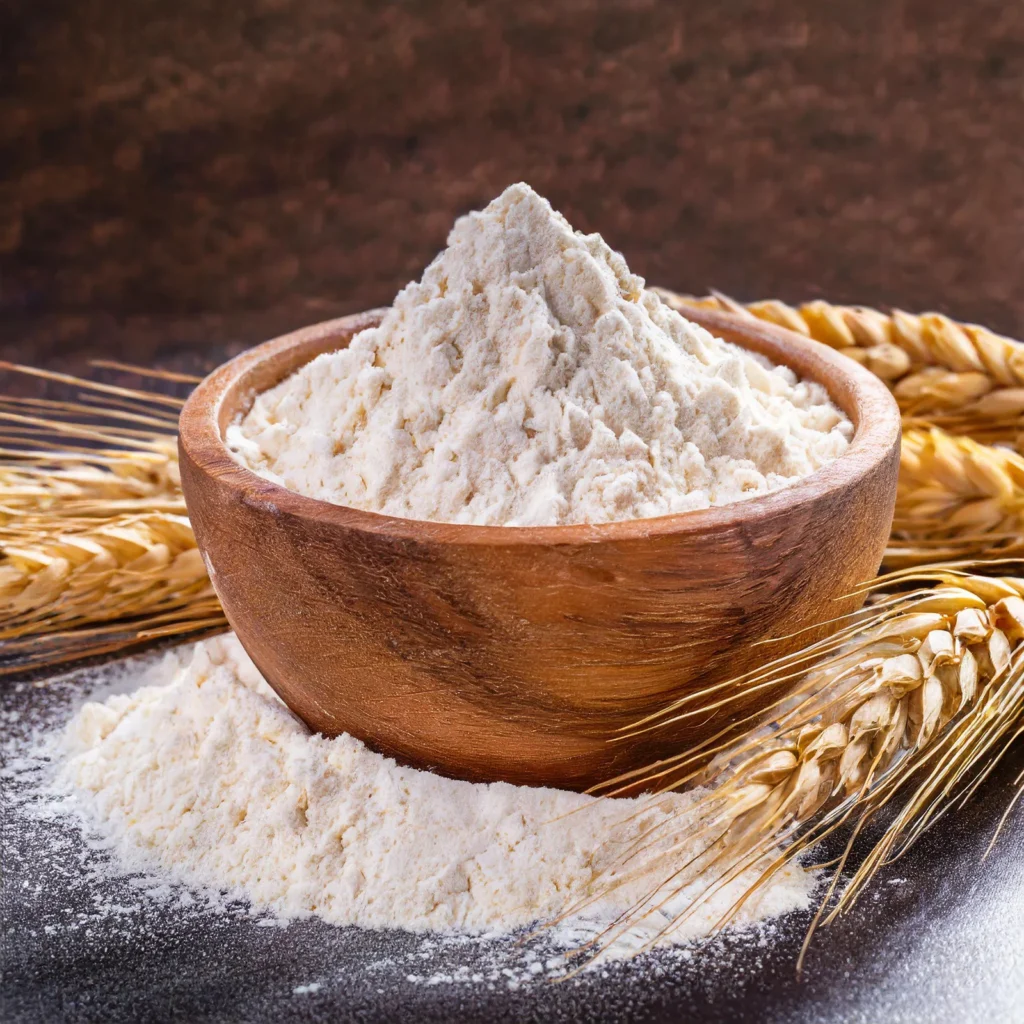
According to the Food and Agriculture Organization (FAO) and the International Grains Council (IGC):
- Wheat is the second most produced grain in the world, after corn.
- Over 780 million metric tons of wheat were harvested globally in 2023.
- Of this, more than 60% is milled into flour for human consumption.
- The global wheat flour market was valued at USD 220 billion in 2023, projected to grow beyond USD 270 billion by 2030.
Top flour-producing countries include:
- China
- India
- Russia
- United States
- Pakistan
- Turkey
- Egypt
China: The Largest Wheat Flour Producer in the World
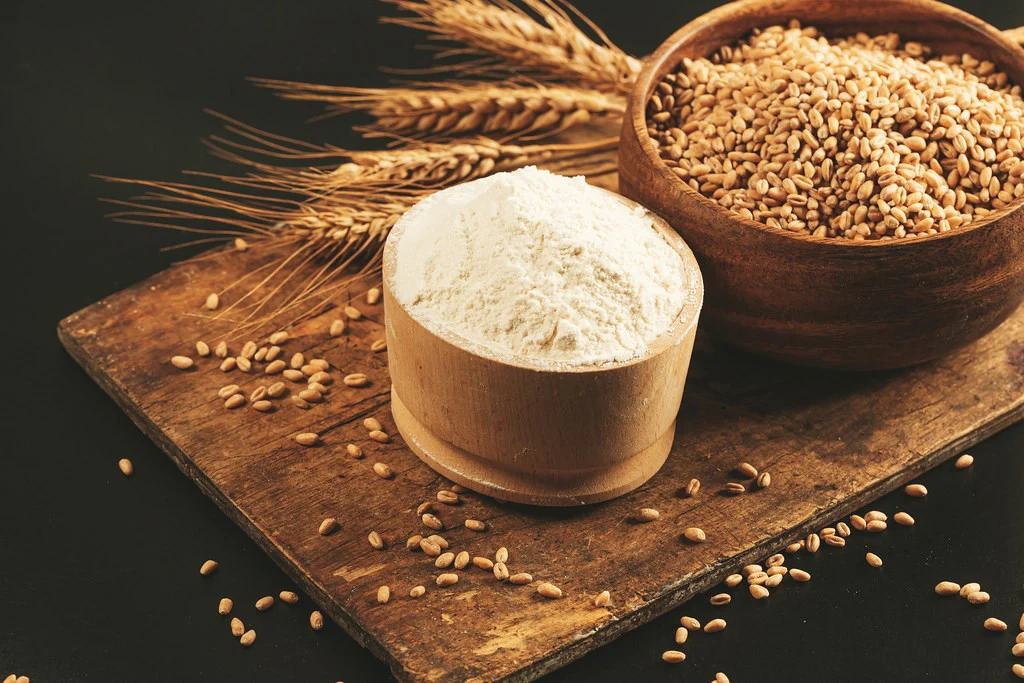
1. Volume of Production
China is not only the largest consumer of wheat flour but also its biggest producer, churning out an estimated 90 to 95 million metric tons of wheat flour annually.
This high output is fueled by:
- A massive wheat-growing area (~23 million hectares)
- A population of over 1.4 billion, heavily reliant on flour-based foods
- A modern and highly mechanized flour milling industry
- Integration of wheat production, storage, and processing facilities
2. Consumption Patterns
Chinese cuisine relies heavily on wheat flour, particularly in the northern regions. Staples include:
- Noodles (lamian, instant noodles, hand-pulled noodles)
- Steamed buns (mantou)
- Dumplings (jiaozi)
- Pancakes (cong you bing)
- Flatbreads and pastries
With increasing urbanization and changing food habits, processed and packaged wheat flour products dominate supermarket shelves and food service menus.
3. Industrial Milling Capacity
China’s flour milling industry comprises:
- Thousands of flour mills, from small village setups to mega-scale industrial plants.
- Major flour milling hubs in provinces like Henan, Shandong, Hebei, and Jiangsu.
- Leading companies include COFCO, Wudeli Flour Group, and Zhengzhou Double-Lion.
Wudeli Flour Group, for example, is one of the largest flour producers in the world, operating over 30 modern milling plants across China.
India: A Close Competitor in Wheat and Flour Production
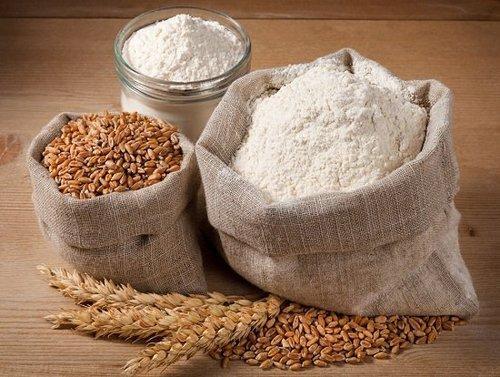
India is the second-largest wheat producer globally, with an output of over 110 million metric tons of wheat per year. Much of this wheat is processed into flour, known locally as “atta”.
Key Highlights:
- Annual wheat flour production: Estimated at 80 million metric tons
- Used widely in chapatis, parathas, naan, and other Indian breads
- The industry includes both traditional stone mills (chakki) and modern roller flour mills
- Leading brands: Aashirvaad, Pillsbury, Patanjali, Annapurna
While India’s flour production is enormous, much of it remains domestically consumed, with limited exports compared to China or Turkey.
Other Key Wheat Flour Producers
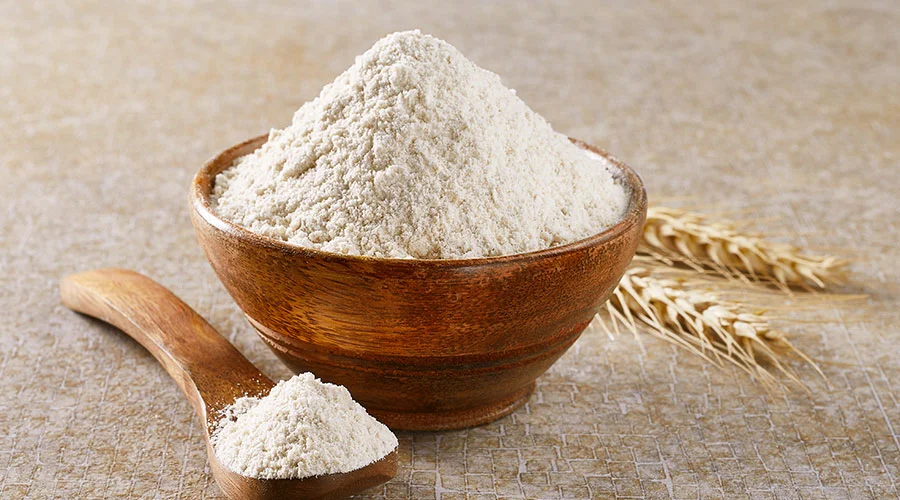
Russia
- Among the top 5 wheat producers in the world.
- Produces about 20–25 million metric tons of flour annually.
- Focuses heavily on domestic consumption and exports to Central Asia and Africa.
- Flour is used in breads, pancakes (blini), and dumplings.
United States
- Annual wheat flour production: Around 18 million metric tons
- Major states: Kansas, North Dakota, Montana, Texas
- Popular flour types: All-purpose, whole wheat, cake flour
- Key brands: Gold Medal, King Arthur, Pillsbury
Pakistan
- Produces around 12–14 million metric tons of wheat flour annually.
- Bread (roti, naan) is a staple food across the country.
- Flour mills operate under government oversight due to food security concerns.
Turkey
- Produces roughly 11 million metric tons of flour annually.
- Recognized as one of the largest flour exporters in the world, especially to Middle Eastern and African markets.
- Turkish flatbreads, simit, and pastries rely heavily on locally milled flour.
Egypt
- Flour is central to Egyptian cuisine (baladi bread, feteer, etc.)
- Production: Around 10 million metric tons annually
- The government subsidizes flour to ensure affordable bread for its population.
Comparative Table: Top Wheat Flour Producers (2023 Estimates)
| Country | Estimated Annual Flour Production (Million Metric Tons) | Key Flour-Based Foods | Notable Brands/Companies |
|---|---|---|---|
| China | 90–95 | Noodles, buns, dumplings | Wudeli, COFCO |
| India | 80 | Roti, naan, chapati | Aashirvaad, Pillsbury |
| Russia | 20–25 | Bread, blini, dumplings | PAVA, Altai Flour Mills |
| United States | 18 | Bread, pastries, pancakes | Gold Medal, King Arthur |
| Pakistan | 12–14 | Naan, paratha, roti | Ittefaq Flour, National Foods |
| Turkey | 11 | Simit, borek, lavash | Ulusoy, Bera Holding |
| Egypt | 10 | Baladi bread, feteer | Government-operated mills |
Why China Leads the Global Flour Market
Several key factors explain China’s dominance:
1. Sheer Population Size
China’s massive population demands a constant, high-volume supply of staple foods. Wheat flour is a major part of this dietary structure.
2. Dietary Shifts
Urbanization has led to an increase in consumption of noodles, pastries, and ready-to-eat wheat-based foods.
3. Advanced Milling Infrastructure
Chinese milling companies have invested heavily in automation, high-speed rollers, and supply chain integration.
4. Export and Industrial Demand
Apart from domestic consumption, China also exports processed wheat flour and derivative products to neighboring countries.
Challenges in the Global Flour Market
Food Security and Climate Change
Climate disruptions, droughts, and water shortages can impact wheat harvests, leading to flour supply challenges and price volatility.
Geopolitical Tensions
Trade sanctions, war (e.g., Russia–Ukraine conflict), and import/export restrictions affect the flow of wheat and flour globally.
Nutrition and Health Trends
Rising awareness about gluten intolerance, low-carb diets, and refined flour alternatives is reshaping consumer preferences.
Opportunities Ahead
- Whole grain and fortified flours are gaining momentum.
- Plant-based and gluten-free alternatives like oat, almond, or rice flour are entering the mainstream.
- Countries like Bangladesh, Nigeria, and Indonesia are investing in domestic milling to reduce import dependency.
- E-commerce and direct-to-consumer packaging of branded flours are growing rapidly.
Conclusion: China at the Top of the Flour Chain
To conclude, China stands as the largest wheat flour producer in the world, a position rooted in its vast population, agricultural infrastructure, dietary traditions, and advanced milling capabilities. As demand for wheat-based foods continues to grow worldwide, China is likely to maintain its leadership role, with other countries like India, Russia, and Turkey playing significant regional roles.
In a rapidly evolving food landscape, the humble flour mill remains the beating heart of global nutrition—and China leads its rhythm with strength and scale.

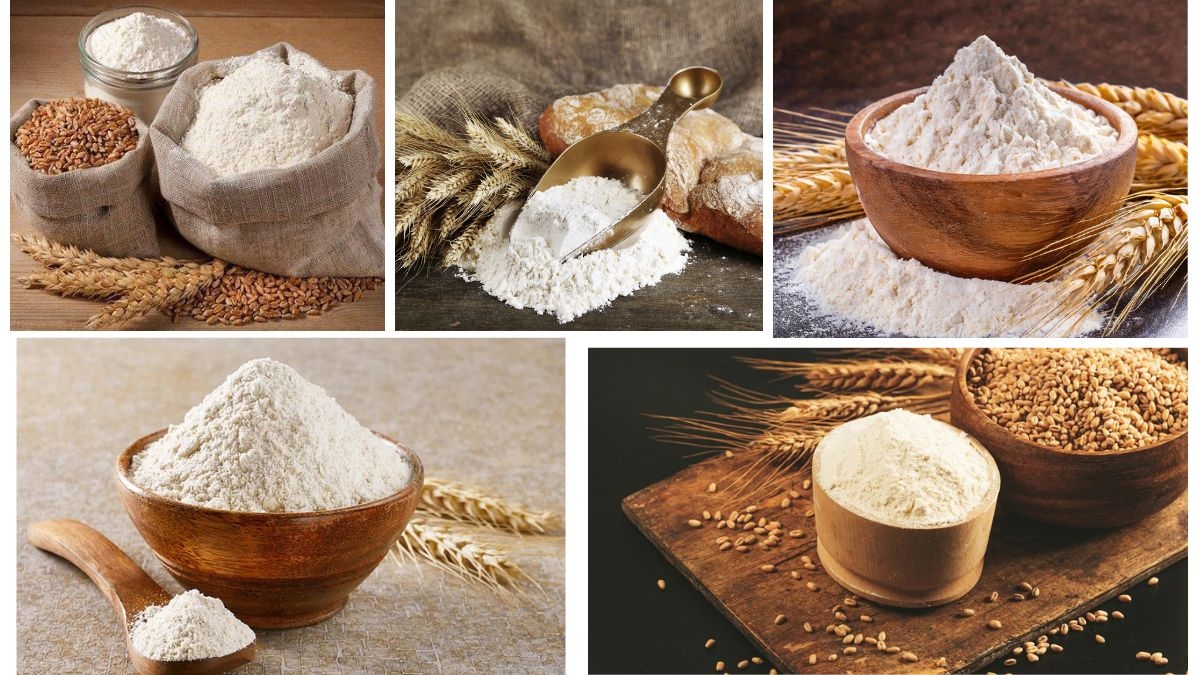



Leave A Comment